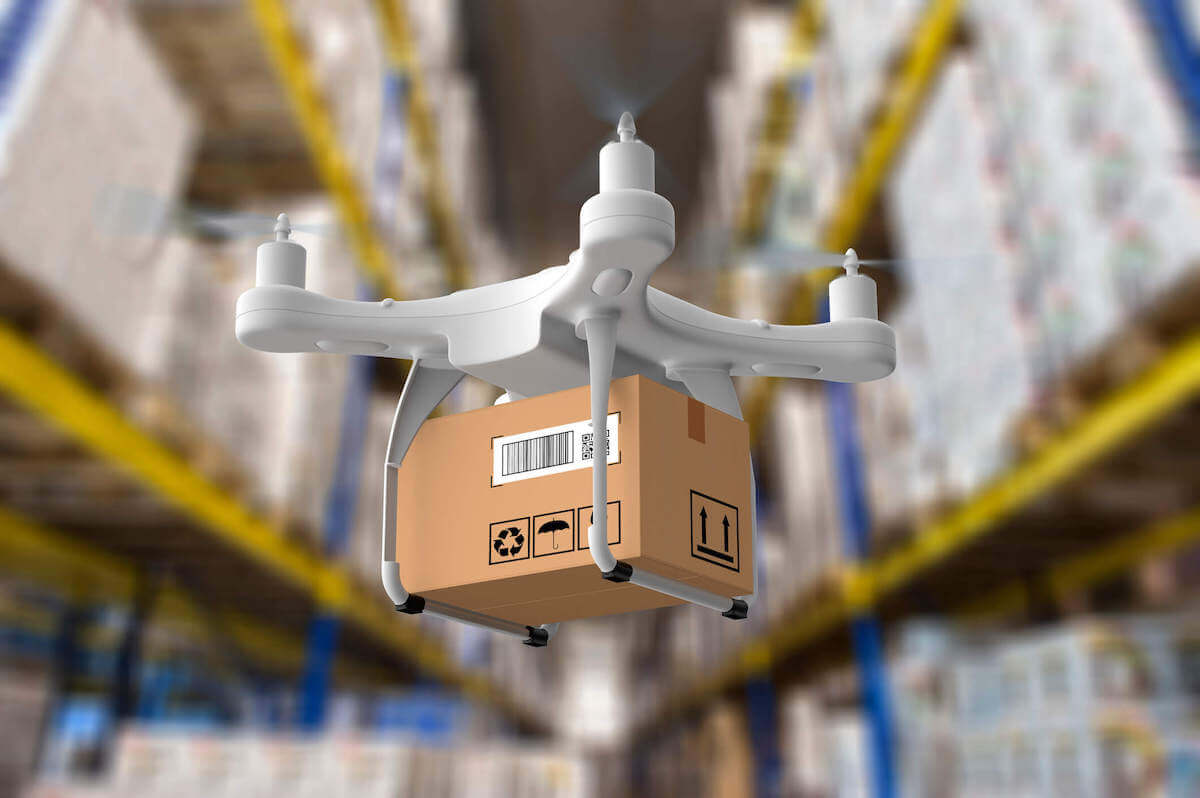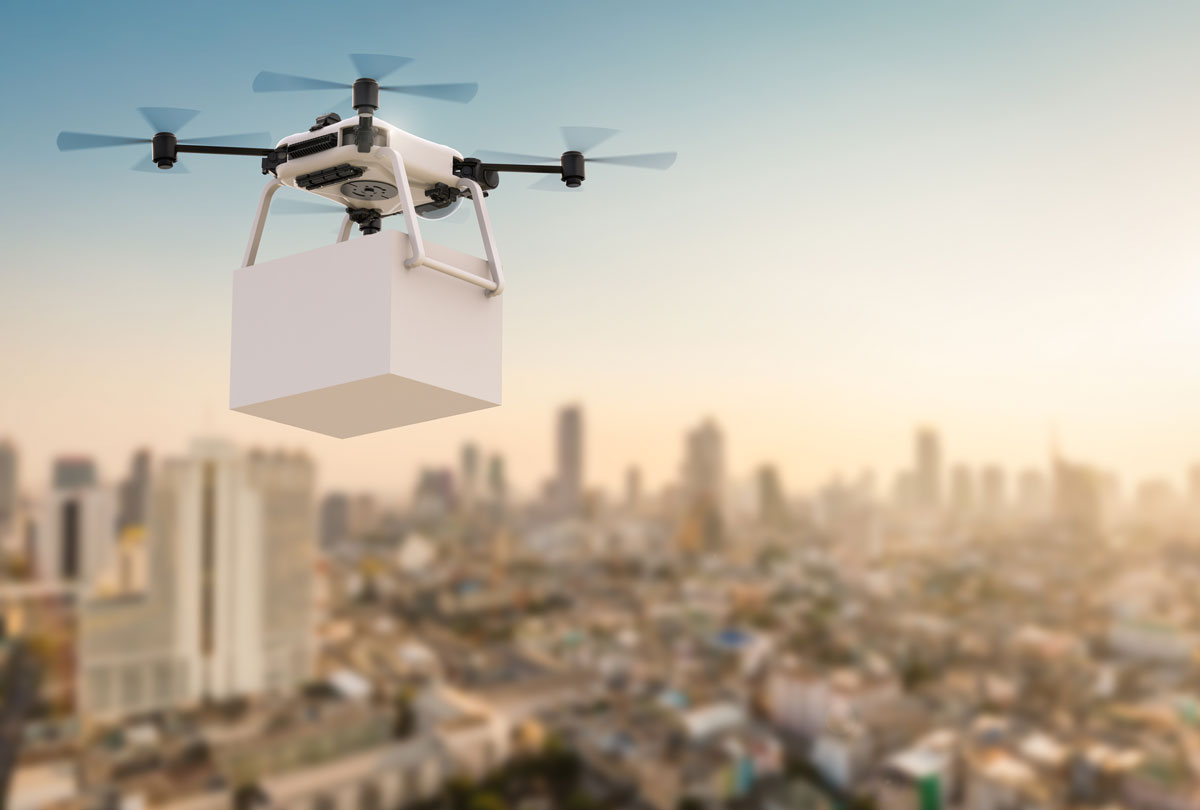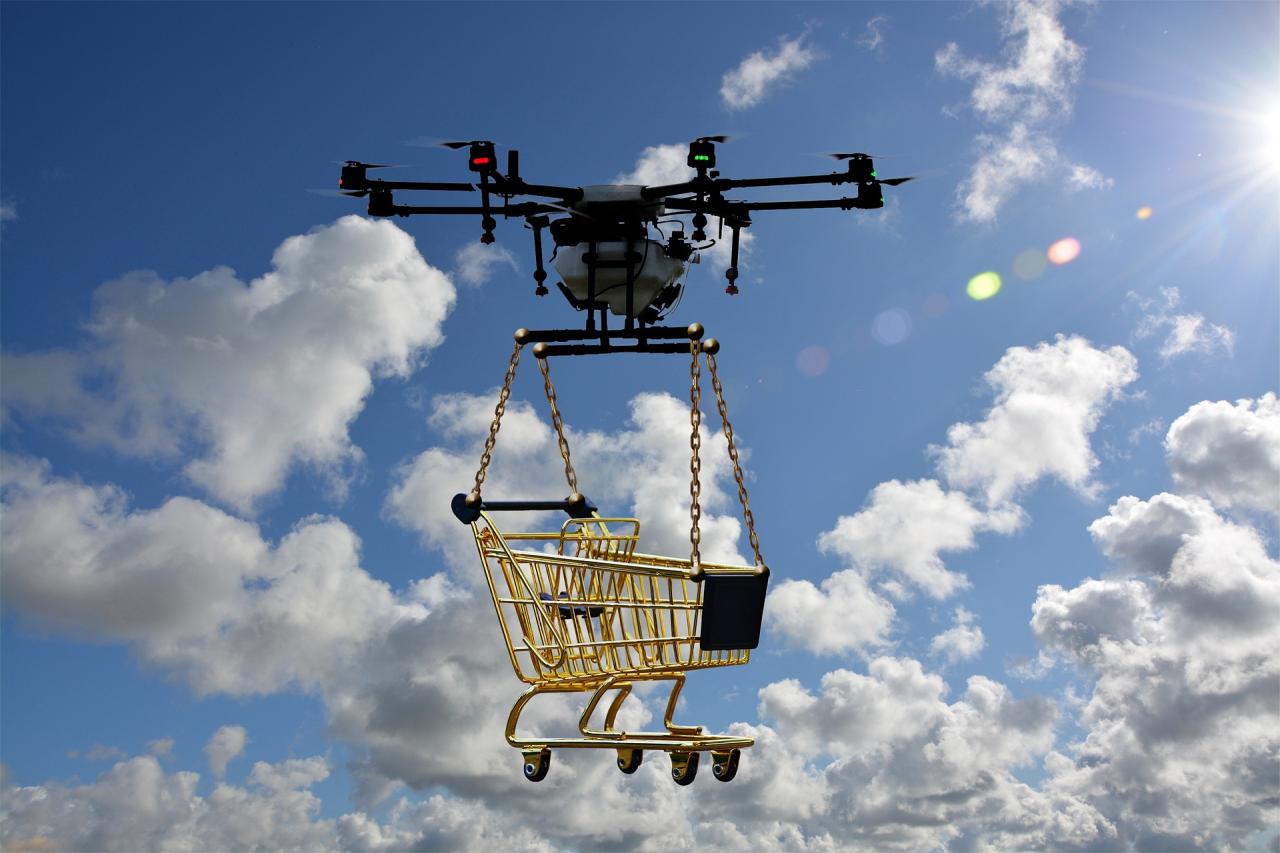Remington drone loads represent a significant advancement in unmanned aerial vehicle (UAV) technology, impacting various sectors. This guide delves into the intricacies of payload capacity, loading procedures, safety protocols, and regulatory compliance concerning Remington drones. We’ll explore the diverse applications of these drones, from agricultural assessments to construction site monitoring, and examine the crucial relationship between payload weight and flight performance.
Understanding these factors is essential for maximizing the efficiency and safety of Remington drone operations.
We will cover the specifics of various Remington drone models, detailing their payload capacities and dimensional specifications. The safe and efficient loading procedures will be explained step-by-step, accompanied by a comprehensive safety checklist. Furthermore, we will discuss the different types of payloads, their suitability for specific tasks, and the regulatory landscape governing their transportation via Remington drones. Finally, the impact of payload weight on flight performance will be analyzed, along with strategies for optimizing this crucial aspect of drone operations.
Remington Drone Models and Payload Capacity

Understanding the payload capacity of different Remington drone models is crucial for selecting the appropriate drone for a given task. This section details the specifications of several models and explores the factors influencing their payload capabilities.
Remington Drone Model Specifications
The following table provides a comparison of various Remington drone models, highlighting their maximum payload capacity, dimensions, and typical use cases. Note that these specifications are subject to change and should be verified with the latest Remington documentation.
| Model Name | Maximum Payload (kg) | Dimensions (L x W x H cm) | Typical Use Cases |
|---|---|---|---|
| Remington X1 | 2.5 | 50 x 50 x 20 | Aerial photography, light cargo delivery |
| Remington X2 | 5.0 | 70 x 70 x 30 | Precision agriculture, construction surveying |
| Remington X3 | 10.0 | 100 x 100 x 40 | Heavy cargo delivery, infrastructure inspection |
| Remington X4 | 15.0 | 120 x 120 x 50 | Search and rescue, disaster relief |
Factors Influencing Payload Capacity
Several factors determine a drone’s payload capacity. Larger drones with more powerful motors and advanced battery technology can typically carry heavier payloads. The design of the drone’s airframe also plays a significant role in its weight-carrying ability.
- Drone Size: Larger drones provide more space and structural strength to support heavier payloads.
- Motor Power: Powerful motors are necessary to lift and maneuver heavier loads.
- Battery Technology: High-capacity batteries are essential for extending flight time when carrying heavier payloads.
- Airframe Design: A robust and lightweight airframe is crucial for maximizing payload capacity.
Payload Capacity Comparison and Application Suitability
The Remington X1, with its 2.5kg payload capacity, is ideal for applications requiring high maneuverability and precision, such as aerial photography. The Remington X3, capable of carrying 10kg, is suited for heavier tasks like delivering supplies to remote areas. The larger X4 model, with a 15kg capacity, is best suited for applications demanding significant payload capacity and robust performance.
Remington Drone Loading Procedures and Safety
Safe and efficient payload loading is paramount for successful drone operations. This section Artikels the procedures and safety precautions necessary when loading payloads onto Remington drones.
Step-by-Step Payload Loading Procedure
The following steps should be followed when loading payloads onto Remington drones. Variations may exist depending on the specific drone model; always consult the manufacturer’s instructions.
- Perform a pre-flight inspection of the drone and payload.
- Carefully attach the payload to the designated mounting points on the drone.
- Secure the payload using appropriate straps or fasteners.
- Verify the total weight of the drone and payload does not exceed the maximum allowable limit.
- Balance the payload to ensure stable flight.
- Conduct a final pre-flight check before initiating the flight.
Drone Loading Safety Checklist, Remington drone loads
A comprehensive checklist is crucial to ensure safe drone loading operations. This checklist should be reviewed before each flight.
- Drone battery charge level
- Payload weight verification
- Secure payload attachment
- Center of gravity assessment
- Pre-flight system checks
- Weather conditions
Hazards of Overloading or Improper Loading
Overloading or improperly loading a Remington drone can lead to several hazards, including loss of control, crashes, and potential damage to the drone or payload. Mitigation strategies include careful weight verification, proper payload securing, and adherence to manufacturer guidelines.
- Loss of Control: An unbalanced or overloaded drone can become difficult to control, resulting in crashes.
- Mechanical Failure: Exceeding the drone’s weight limits can lead to motor or structural failure.
- Payload Damage: Improper securing can result in damage to the payload during flight.
Types of Payloads Carried by Remington Drones

Remington drones are versatile platforms capable of carrying a wide range of payloads. This section categorizes common payload types and provides examples of their use in various industries.
Payload Categories

Remington drones can transport various payloads, categorized by their function and application.
- Imaging and Sensing Payloads: High-resolution cameras, thermal cameras, multispectral sensors, LiDAR.
- Delivery Payloads: Small packages, medical supplies, agricultural products.
- Specialized Payloads: Environmental monitoring sensors, search and rescue equipment.
Industry-Specific Payload Examples
Different industries utilize specific payloads to enhance their operations. The following examples illustrate the versatility of Remington drones.
- Agriculture: Multispectral cameras for crop health monitoring, sprayers for targeted pesticide application.
- Construction: High-resolution cameras for site surveying, thermal cameras for detecting structural defects.
- Surveillance: High-definition cameras for security monitoring, thermal cameras for night vision.
Payload Design Considerations
Payload design must account for weight distribution, size constraints, and environmental factors to ensure safe and efficient operation. Properly balanced payloads prevent instability and extend flight time.
- Weight Distribution: Even weight distribution is crucial for stable flight.
- Size Constraints: Payloads must fit within the drone’s carrying capacity.
- Environmental Factors: Payloads must be protected from environmental conditions (e.g., rain, dust).
Impact of Payload Weight on Drone Flight Performance
Payload weight significantly impacts a drone’s flight performance. This section examines the effect of varying payload weights on flight time, range, and stability for a specific Remington drone model.
Payload Weight and Flight Performance Data (Remington X2)
The following table demonstrates the impact of payload weight on the flight performance of the Remington X2 drone. These values are illustrative and may vary based on environmental conditions and battery condition.
| Payload Weight (kg) | Flight Time (minutes) | Range (km) | Stability Rating (1-5) |
|---|---|---|---|
| 0 | 30 | 15 | 5 |
| 2.5 | 25 | 12 | 4 |
| 5.0 | 20 | 10 | 3 |
Payload Weight and Battery Consumption
Increasing payload weight directly increases battery consumption, reducing flight time and range. Efficient battery management and payload optimization are crucial for maximizing operational efficiency.
Remington drone loads present unique logistical challenges, particularly concerning weight distribution and flight stability. Understanding optimal load configurations is crucial for safe and efficient operation. This is especially relevant given recent advancements, as highlighted in the article on drones over new jersey solved , which demonstrates the importance of effective drone management and regulation. Ultimately, the lessons learned from resolving airspace issues influence best practices for optimizing Remington drone loads going forward.
Strategies for Optimizing Payload Weight
Optimizing payload weight involves balancing mission requirements with flight performance. Strategies include using lightweight materials for payloads, minimizing unnecessary equipment, and employing efficient flight planning.
Regulatory Compliance for Remington Drone Loads
Operating Remington drones with payloads requires adherence to relevant regulations and guidelines. This section summarizes key regulatory aspects.
Remington drone loads often involve careful consideration of payload capacity and flight range. For those seeking a high-quality alternative with impressive 4K video capabilities, consider the black falcon 4k drone canada ; its features might inform your choices regarding Remington drone load configurations. Ultimately, optimizing Remington drone loads depends on understanding the capabilities of available equipment.
Relevant Regulations and Guidelines
Regulations concerning drone operations and payload transportation vary by region. Operators must familiarize themselves with local and national laws pertaining to drone weight limits, safety standards, and operational permissions.
Obtaining Necessary Permits and Approvals
Depending on the type of payload and the intended operation, obtaining permits or approvals from relevant aviation authorities may be required. This process typically involves submitting flight plans, demonstrating operational competence, and ensuring compliance with safety standards.
Regulatory Compliance Flowchart (Hypothetical Payload Delivery)
A flowchart would visually represent the steps involved in ensuring regulatory compliance for a hypothetical Remington drone payload delivery operation, starting with assessing the payload and its regulatory requirements, proceeding through permit applications, pre-flight checks, and post-flight reporting.
Successfully managing Remington drone loads requires a thorough understanding of payload capacity, safe loading procedures, and regulatory compliance. This guide has provided a comprehensive overview of these critical elements, emphasizing the importance of safety and operational efficiency. By adhering to best practices and staying informed about relevant regulations, operators can maximize the capabilities of Remington drones while minimizing risks.
The future of drone technology hinges on responsible and informed operation, ensuring the continued growth and beneficial application of these versatile tools.
User Queries
What is the warranty on Remington drone batteries?
Warranty periods vary depending on the specific drone model and battery type. Check the manufacturer’s documentation for details.
How often should I calibrate my Remington drone’s sensors?
Sensor calibration frequency depends on usage and environmental conditions. Consult the user manual for recommended schedules and procedures.
Are there any specific training requirements for operating Remington drones with payloads?
Training requirements depend on the type of payload and local regulations. Check with relevant aviation authorities for specific guidelines.
What are the common causes of Remington drone malfunctions related to payload weight?
Overloading, improper weight distribution, and exceeding the drone’s maximum payload limit are common causes of malfunctions.
